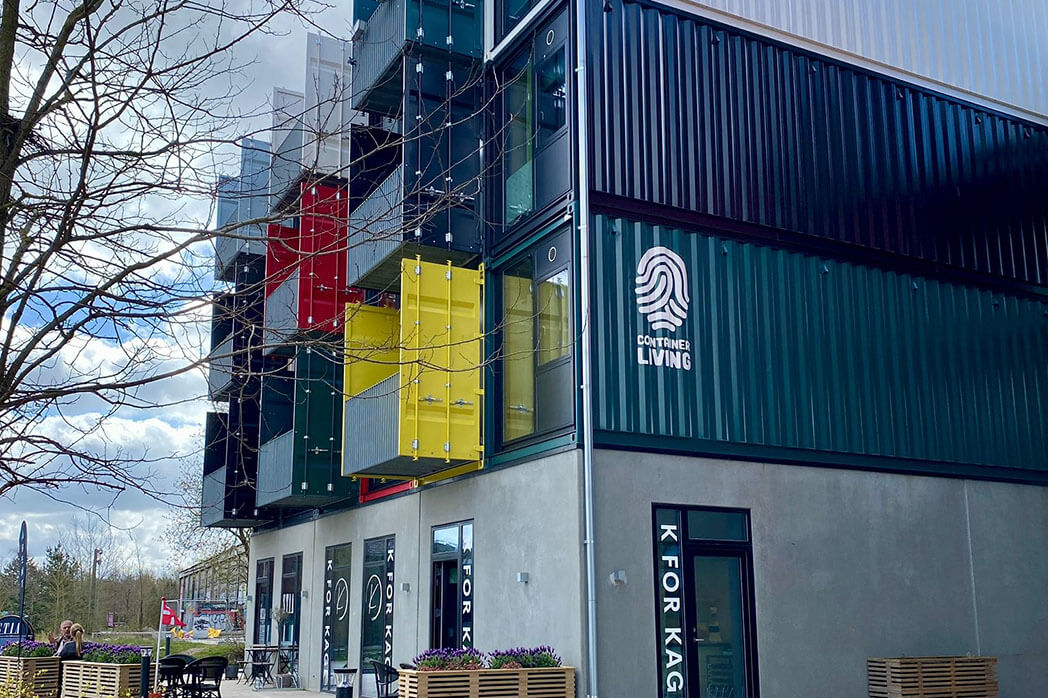17 October 2024
- Report highlights untapped potential of co-operative housing
- Co-ops are 20% of all housing stock in Copenhagen vs 0.05% in Australia
- Improved funding could lift co-ops’ share to 10% of all community housing
- Government should reinstate mandated funding for co-op housing
The Federal Government should commit to the adoption of co-operative housing models that have proven successful in European countries as part of the solution to Australia’s rental affordability crisis.
This is among the key findings of a report published today by the Business Council of Co-operatives and Mutuals (BCCM), which led a study tour earlier this year to look at how co-operatives have been used to create large-scale affordable housing across Europe.
“There’s no question affordable housing is in crisis,” BCCM Chief Executive, Melina Morrison said. “We need new strategies that recognise the traditional model of private rental investment, alone, cannot deliver housing for all Australians in need.”
The report, which comes ahead of the launch this month of the BCCM’s National Affordable Housing Strategy, sets out a number of recommendations for government to accelerate the growth of Australia’s nascent co-operative housing sector.
These include mandating that a percentage of build-to-rent projects be earmarked for rental co-ops; a target to achieve 10% share of all community housing; a dedicated line of credit for housing co-ops under the Housing Affordability Future Fund (HAFF); and a stipulation that rental housing co-ops be developed by limited, or not for profit, organisations.
“What we’ve learned from this tour is that there is another approach, which has been flourishing as part of the mainstream housing market in many parts of Europe for more than 100 years,” Ms Morrison said.
“In the cities we visited, co-ops are thriving, providing long term, secure affordable rental housing, where the resident members are empowered to make decisions just as if they were homeowners.
“With the right legislative supports and policy settings, rental co-operatives could be established as a significant new housing class, bringing long term benefits to Australians.”
Under the co-operative housing model, tenants have access to affordable rent (often based on a percentage of income) and share responsibility for managing and maintaining their homes. Through this shared responsibility, co-op members gain a greater sense of community and housing security as well as developing transferable skills.
The report highlights one of the key factors inhibiting the growth of co-operative housing in Australia is a lack of awareness about the model, compared to European cities where it is often the preferred option for low to middle income households.
The BCCM’s study tour visited Copenhagen, Vienna, and Zurich, where rental co-ops represent 20 per cent, 21 per cent and 18 per cent respectively of the total housing stock.
By comparison, co-operative housing makes up just 0.5 per cent of Australia’s total housing stock.
The Managing Director of Common Equity Housing Ltd (CEHL), Australia’s largest co-operative housing developer, Liz Thomas, said that given the opportunity, CEHL could deliver up to 350 co-op properties a year, across Victoria.
“We have 140 shovel ready properties that we could get underway with HAFF funding dedicated to co-op housing,” Ms Thomas said.
“By funding the growth of co-op housing, the government is not only addressing the twin-challenges of housing supply and housing affordability, but also delivering rents that are fair and the opportunity for renters to be engaged in managing their housing and security of tenure.
“From what we’ve seen in Europe, we know co-op housing is a game changer for how we define and deliver affordable rental housing to Australians on low to moderate incomes”.
The BCCM report lists the need for greater collaboration and diversity of funding sources as vital to ensuring the growth and sustainability of rental co-ops in Australia, which have struggled to compete with larger scale and “for profit” developers.
“The development of funding models that involve several types of institutions and funding sources, while ensuring shared risk, is instrumental in nurturing the affordable housing sector,” the report states.
It notes that funding models in each of the countries visited on the study tour were instrumental in the viability of co-op housing. While Denmark and Switzerland have established perpetual funds for affordable housing, Austria finances affordable housing through a dedicated tax on employers and employees.
Land acquisition for co-ops was also made easier in these cities by reduced prices or specific lease arrangements for affordable housing.
One of the report’s recommendations is the modification of HAFF guidelines to include a dedicated stream for affordable rental co-operatives and a review of financial services regulation to release non-bank funding for housing co-ops and community land trusts.
The report notes that most recent efforts to address lack of supply in the Australian housing market have focused on investor-driven Build to Rent models, but the European example had shown the importance of imposing conditions and regulations to ensure affordability.
“In the countries we visited, stringent requirements stipulate that only non-profit, or limited-profit developers are authorised to construct affordable housing. These developers are mandated to build at cost, thereby restricting the rents they can charge to reflect actual construction expenses. Maximum construction prices per square metre further control costs, ensuring affordability across developments.”
In the news
- NZ zoning overhaul touted as solution to housing mess, The Canberra Times
- Australia urged to look to Europe for solutions to housing crisis, Australian Property Markets News
- Australia urged to adopt European style co-operative housing to address rental crisis, Elite Agent
More information
Media enquiries: Sue Frost P&L Corporate Communication 0409 718 572
About the BCCM
The BCCM is the national peak body for Australia’s $43 billion co-operatives and mutuals sector. Co-ops and mutuals provide essential services and affordable pricing to their members across the economy from banking, insurance and superannuation to retail, agriculture, health, social care and housing. One in eight Australians are members of a co-op or mutual.

